FEATURES|COLUMNS|Creativity and Contemplation
The Healing Power of Nature and the Elements
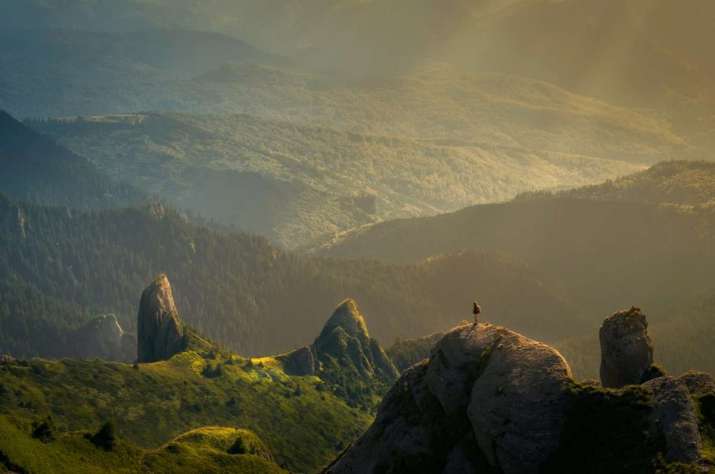 Photo by David Marcu
Photo by David MarcuPandemia. Travel bans and restrictions. Societal uprisings. Elections fraught with anxiety. Social isolation. Threats to health and safety. Racial tensions. Job insecurity. Stress at work and in the home. Loss of relationships and a sense of normalcy.
If we haven’t experienced one or more of these in recent days and months, then we must be living in a bubble!
In times of great stress and anxiety, how do we reconnect with our inner sanity through outward means? Nature’s display in myriad forms can be a bridge back to our true inner nature and sense of wholeness. Whether we live deep in the city or deep in the woods, we can reconnect with the five basic elements through forest bathing or contemplation on the smallest of house plants, or even an insect on a railing outside.
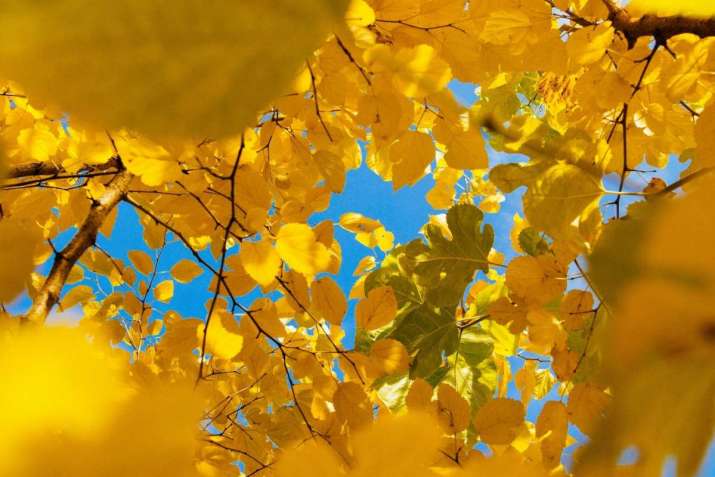 Photo by Anton Darius
Photo by Anton DariusMicrocosm
From “How Everything Adores Being Alive” by Mary Oliver*
What
if you were
a beetle,
and a soft wind
and a certain allowance of time
had summoned you
out your wrappings . . .
. . . and the whole world
in front of you?
If we find ourselves confined to an apartment or other dwelling, surrounded by concrete, noise, and city chaos, there are still opportunities to rest, even momentarily, by stopping by a corner park or with a neighbor’s pet, or a solitary insect we meet. Even the most extreme of circumstances where one might feel imprisoned, without access to nature or greenness or even a view of the sky, we must turn inward to the mind’s capacity to imagine, remember, and visualize the healing aspects of nature.
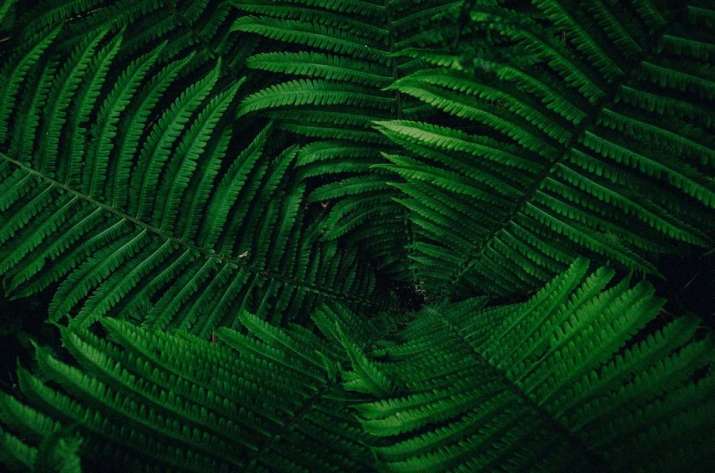 Photo by Daniil Santilev
Photo by Daniil SantilevThe five elements
The great Vajrayana Buddhist master Thinley Norbu Rinpoche describes how the five elements we experience outside of ourselves directly interrelate to those same elements within our very body. This is so, and has always been true. Our meditation practice can re-enliven these truths for our experience of joy and reconnection as well as for actual healing if we are mentally or physically ill:
The external and internal manifestations of the outer and inner elements are linked to one another through our activities. The external substantial form of the earth element and the internal substantial form of the flesh are linked through eating. The external liquid of the water element and internal liquid of blood are linked through drinking. The external sun of the fire element and internal warmth of the body are linked through absorption. The external wind of the air element and internal wind of breath are linked through breathing. The external sky of the space element and internal sky of the mind are linked through openness. All five of the elements are interdependent and inherent within each element, enabling them to link and create the infinite display of phenomena.**
Therefore, by simply eating, drinking, breathing, moving, and resting with awareness, we find avenues to connect inner and outer elements to heal ourselves in this moment. By reconnecting ourselves with nature, both through meditation and through communion in nature, we can restore inner and outer balance so often lost in these desperate days.
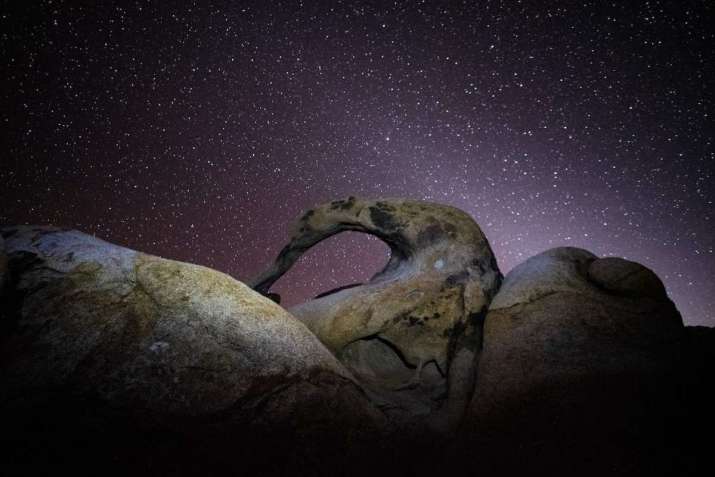 Photo by Casey Horner
Photo by Casey HornerMacrocosm
Bathing under the nighttime stars, resting on a bed of moss, or floating on the ocean or a lake, we are drawn back to our primary sense of oneness with the elements of nature. We have never been separate, yet our development and maturation as human beings within society have necessitated at times a certain forgetting or isolation from our original nature, both spiritual and elemental. For millennia, people have cultivated ways of reconnecting to the earth or sky, fire, space, or water elements. Some people seclude themselves in a Kiva or cave. Others sleep out under the blanketing sky, their bodies close to the surface of the earth. Some create a hideaway or magical retreat in the treetops among the branches, in the way children or other primates play effortlessly outdoors. Others create from reeds, rushes, clay, soil, plant pigments, bones, and hides, countless expressions of our ever-present human connectivity with the Earth.
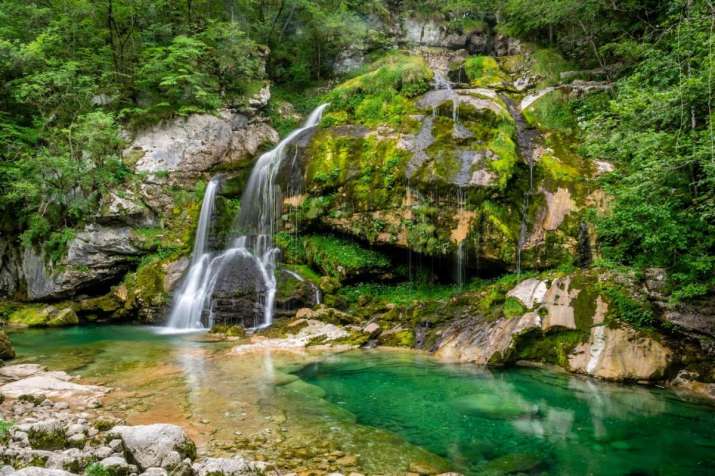 Photo by Marcin Szmigiel
Photo by Marcin Szmigiel“The Old Poets of China” by Mary Oliver***
Wherever I am, the world comes after me.
It offers me its busyness. It does not believe
that I do not want it. Now I understand
why the old poets of China went so far and high
into the mountains, then crept into the pale mist.
Our bodies themselves are nature. From conception and development in the womb, we were continuously forming from fluid, flesh, air, warmth, and space. From adulthood and beyond, we bend toward decay and eventual death, the process which reverses this original coalescence of elements. In between, there is joy and suffering, communion and alienation from Nature, and our true nature. And there is remembrance, often through the catalytic power of song, touch, movement, poetry, and all the ways we use our bodies, voices, and senses to re-member (as in reassemble our limbs!), and to re-connect our inseparable elements.
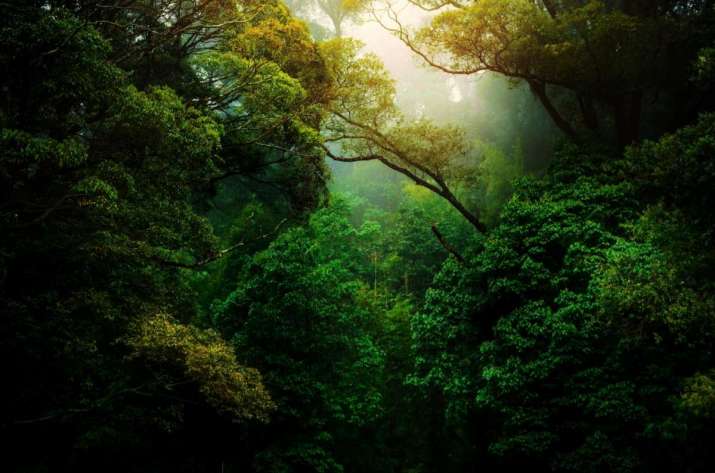 Photo by Kunal Shinde
Photo by Kunal ShindeFrom “Clouds” by Mary Oliver****
. . . At first they were just clouds, like any other.
Then they swelled and swirled; then they hung very still;
then they broke open. This is, I suppose,
just one of the common miracles,
a transformation, not a vision,
not an answer, not a proof, but I put it
there, close against my heart, where the need is, and it serves
the purpose . . .
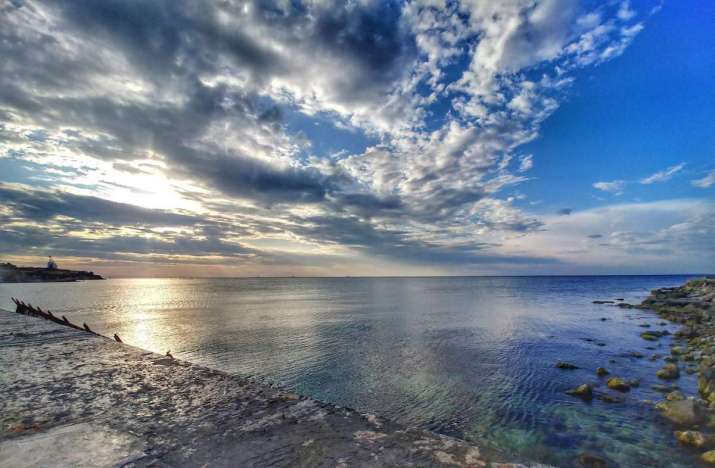 Photo by Konstantin Dyadyun
Photo by Konstantin Dyadyun* Why I Wake Early, New Poems by Mary Oliver, p.20. Beacon Press, 2004.
** Magic Dance by Thinley Norbu, p.9. Shambhala Publications, 1999.
*** Why I Wake Early, New Poems by Mary Oliver, p.50.
**** Why I Wake Early, New Poems by Mary Oliver, p.22.
Sarah C. Beasley (Sera Kunzang Lhamo), Nautilus Gold award-winning author of Kindness for all Creatures: Buddhist Advice for Compassionate Animal Care (Shambhala 2019), has been a Nyingma practitioner since 2000. Sarah is a Certified Teacher, and an experienced writer and artist, with an MA in Educational Leadership and a BA in Studio Art. Sarah spent six years in traditional retreat under the guidance of Lama Tharchin Rinpoche and Thinley Norbu Rinpoche. With a lifelong passion for wilderness, she has summited Mt. Kenya and Mt. Baker, among other peaks. Her book and other works can be seen at www.sarahcbeasley.com.
Related features from Buddhistdoor Global
Know Thyself: A Simple Practice in Reflection, Part Two
Tsz Shan Monastery and Greater Good: Spiritual Care in Turbulent Times
Anxietatem Virus
Metta Bangs a Gong














